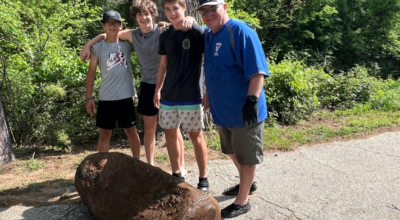Preserving family lands: Important legacy to pass on
Published 9:29 am Wednesday, July 17, 2013
Below are some questions and answers to help landowners better understand:
1. How does the enhanced easement incentive change the law for conservation donations?
The enhanced easement incentive:
Raises the deduction a donor can take for donating a conservation easement from 30 percent of their adjusted gross income in any year to 50 percent;
Allows qualifying farmers and ranchers to deduct up to 100 percent of their income (see the above link for more details); and
Extends the carry-forward period for a donor to take tax deductions for voluntary conservation agreements from 5 to 15 years (in addition to the year of donation).
2. Can you give me an example?
Without the enhanced easement incentive, a landowner earning $50,000 a year who donated a $1 million conservation easement could take a $15,000 deduction for the year of the donation and for an additional 5 years – a total of $90,000 in tax deductions.
The enhanced easement deduction allows that landowner to deduct $25,000 for the year of the donation and then for an additional 15 years. That’s $400,000 in deductions. If the landowner qualifies as a farmer or rancher, they can zero out their taxes. In that case, they could take a maximum of $800,000 in deductions for their million dollar gift.
The PAC staff encourages interested landowners to contact them at 828-859-5060. As of now, these enhanced tax incentives are only secured until Dec. 31, 2013. There is a lot of work that needs to be done in drawing up a conservation easement, such as site visits, baseline documentation, research and legal documentation. That takes about five to six months to complete.
– article submitted by Mary Walter





